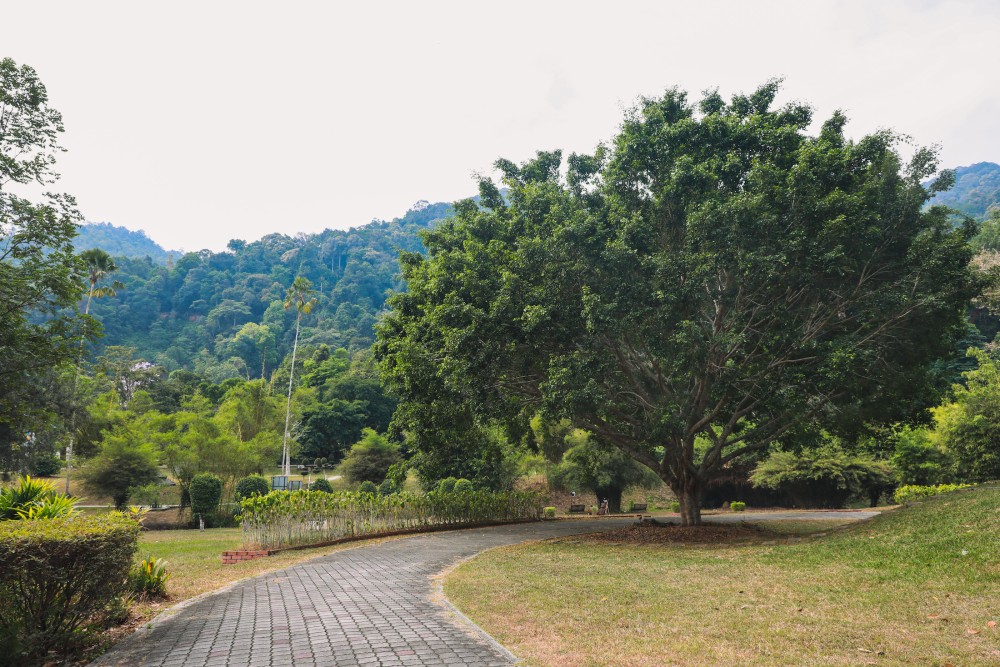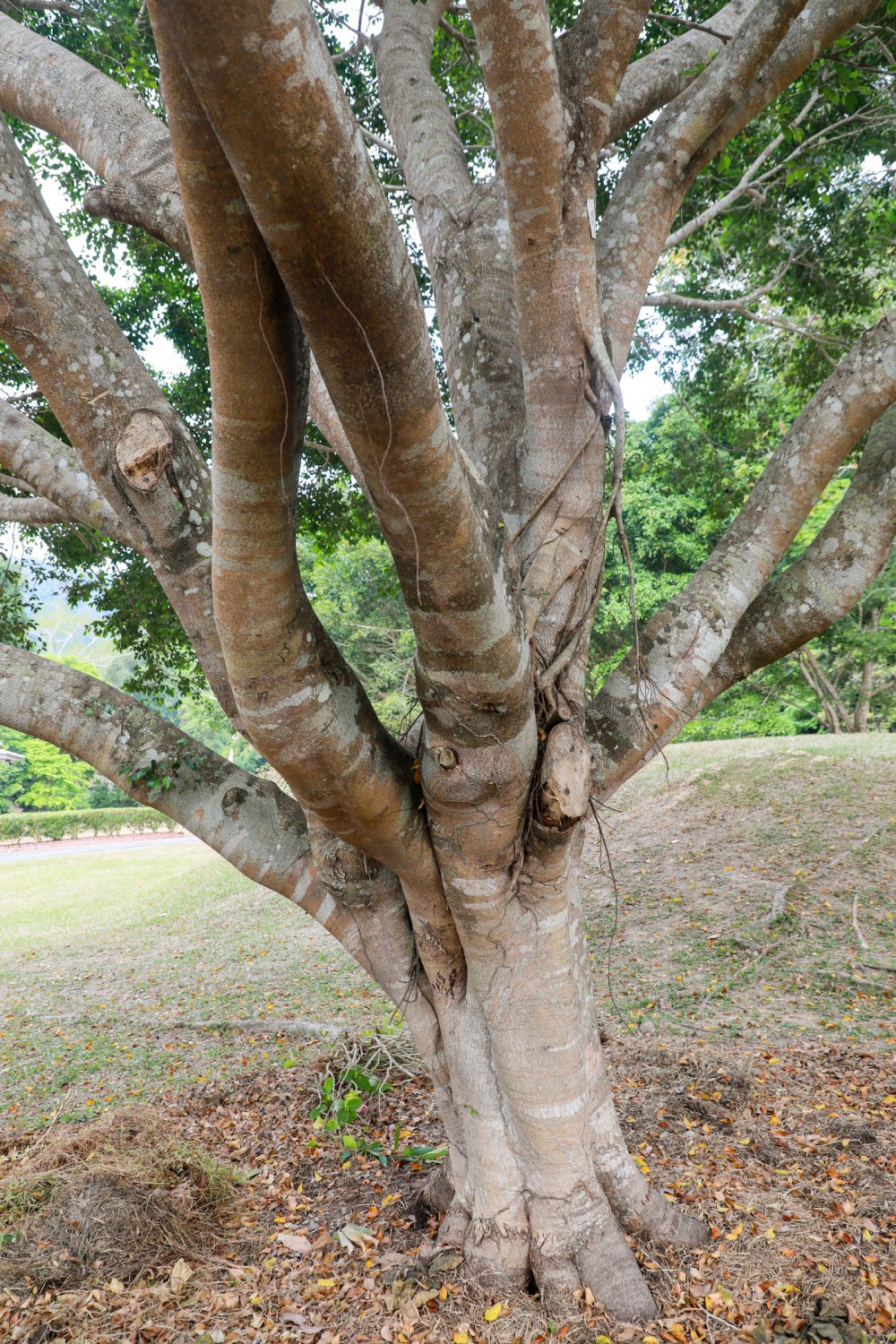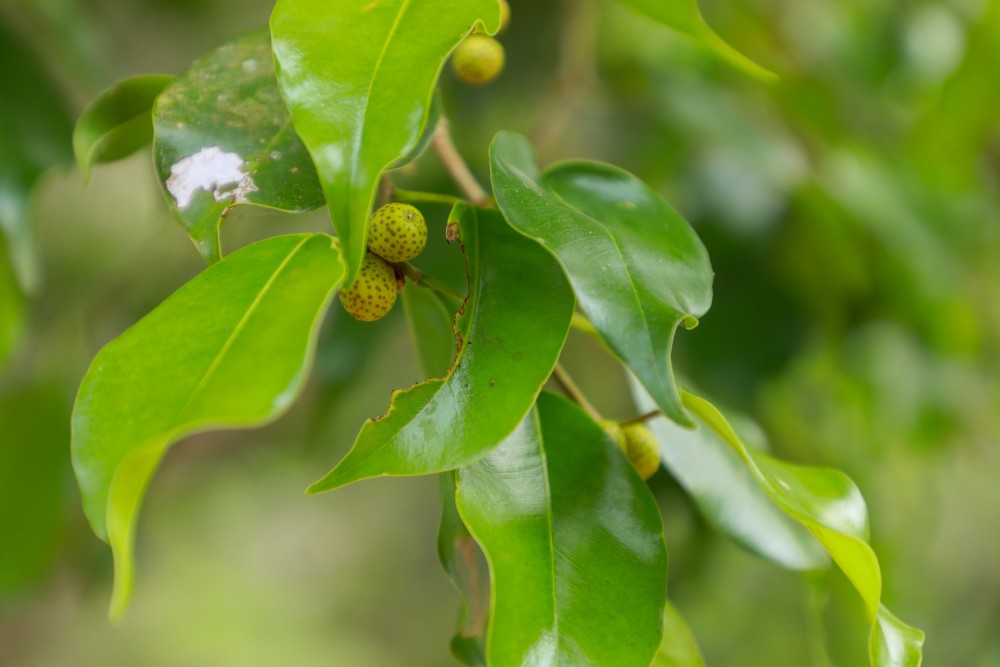No Data Found
Ficus benjamina
Waringin, Beringin
![]() Intermediate Sensitivity
Intermediate Sensitivity
| Species Name | Ficus benjamina |
|---|---|
| Common Name | Waringin, Beringin |
| Family | Moraceae |
| Genus | Ficus |
| Taxonomic Synonyms/Past Names | |
| Taxonomic Notes |
Agree with the details?
Login to Vote Now
Species Information
- Large strangling fig with few aerial roots. Crown with drooping branches. Leaves 3-11 cm long, elliptic, and with many secondary nerves. Figs 0.8-1.25 cm across, rounded or ovate, ripening pink, orange-red to cherry red, sessile on leafy twigs.
- Widespread in India and South China throughout Southeast Asia to the Solomon Islands and Northern Australia
- Common as strangling epiphytes on roadside trees
- 400-800 m
No Data Found
No Data Found
No Data Found
No Data Found
No Data Found
No Data Found
No Data Found
No Data Found
No Data Found
No Data Found
No Data Found
No Data Found
No Data Found
No Data Found
No Data Found
No Data Found
No Data Found
No Data Found
No Data Found
No Data Found
No Data Found
No Data Found
No Data Found
No Data Found
No Data Found
No Data Found
No Data Found
No Data Found
No Data Found
No Data Found
No Data Found
No Data Found
No Data Found
No Data Found
No Data Found
No Data Found
No Data Found
No Data Found
No Data Found
No Data Found
No Data Found
No Data Found
No Data Found
- pH 6.2-7.0 [1]
No Data Found
No Data Found
No Data Found
No Data Found
- Inferred from habitat association. Considered a weed in many countries. [1]
No Data Found
No Data Found
No Data Found
No Data Found
- Occurs in coastal areas. [1]
No Data Found
No Data Found
No Data Found
No Data Found
No Data Found
No Data Found
No Data Found
No Data Found
No Data Found
No Data Found
No Data Found
No Data Found
No Data Found
No Data Found
No Data Found
- There have been several cases of both big and small trees toppling. In many instances, it was due to an imbalance between the shallow root system and the large, dense canopy, which decreases wind resistance. Its weak branch attachments can also lead to limb breakage.
No Data Found
No Data Found
No Data Found
No Data Found
No Data Found
No Data Found
No Data Found
No Data Found
No Data Found
No Data Found
No Data Found
No Data Found
No Data Found
No Data Found
-
Insufficient Data
No Data Found
No Data Found
No Data Found
No Data Found
No Data Found
No Data Found
No Data Found
No Data Found
No Data Found
- Has medicinal uses [1]
Contributors: anonymous
Last Updated: 2023-03-15





No comments